Everything
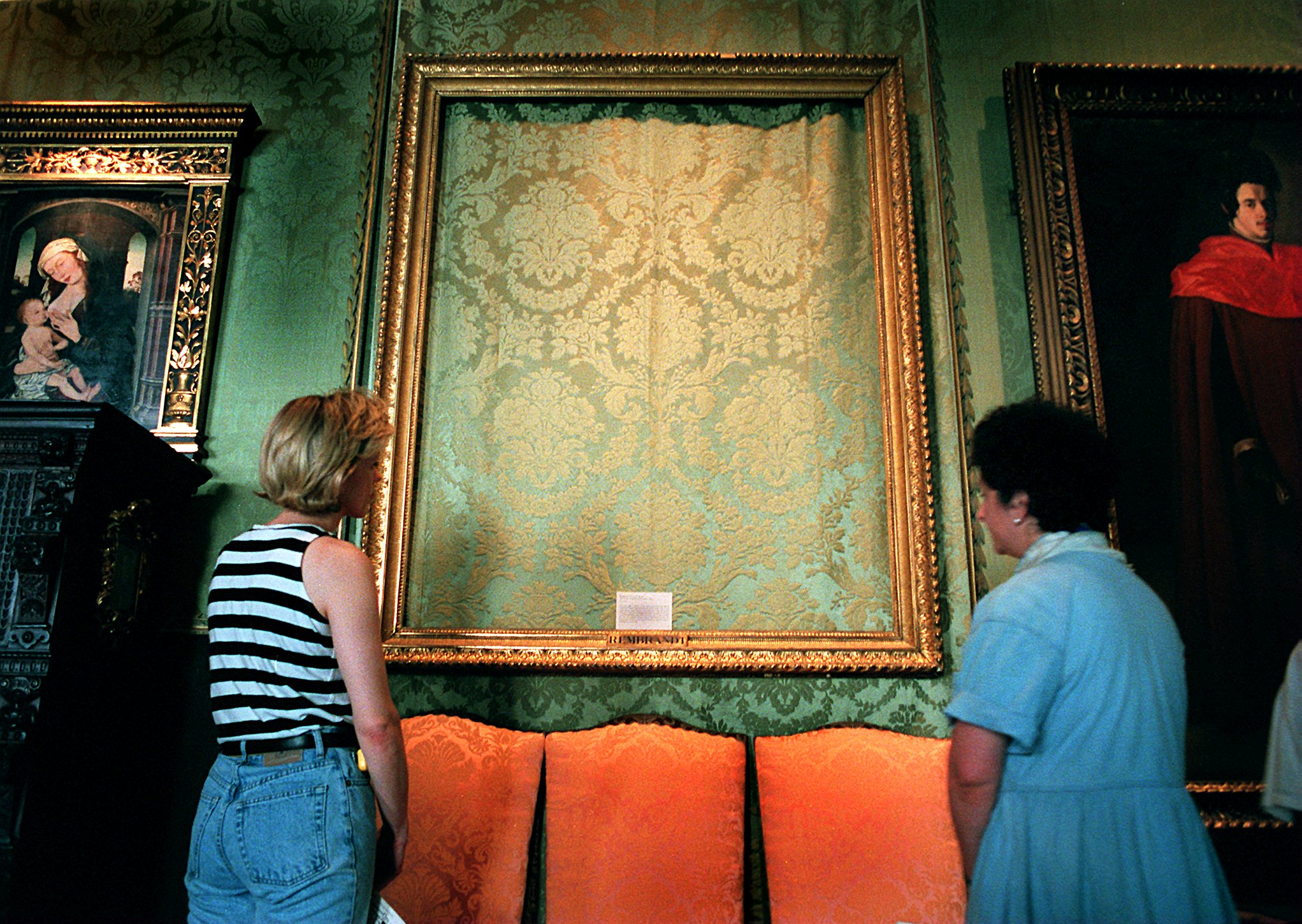
In the grand scheme of famous art heists, they don’t come much bigger than the 1990 theft of 13 artworks from the Isabella Stewart Gardner Museum in Boston.
It has been more than thirty years since the brazen theft rocked the world, and in that time, the art heist has filled countless column inches, inspired books, and most recently, a Boston Globe podcast.
Now it is Netflix’s turn to delve deep into this pretty mystery with This Is A Robbery, a four-part documentary series created by Boston-area brothers Nick and Colin Barnicle.
Even in Boston, a city accustomed to crime, the Gardner Museum heist was big news. Fingers were pointed at the usual suspects – the Irish mob and the Italian mafia – but despite a joint effort from local law enforcement and the FBI, nothing turned up.

The heist remains unsolved to this day (and there is still a $10 million reward for information leading to the paintings’ return), which of course, makes its perfect fodder for an audience infatuated with true crime.
This Is A Robbery takes an almost podcast-like approach to solving the mystery of the Gardner heist. Acting as amateur sleuths, the Barnicle brothers painstakingly revisit old court documents and police reports in the hope of piecing together the truth.

Following the release of This Is A Robbery on Netflix, ICON spoke with one half of the sibling-directing duo, Colin Barnicle.
ICON: Why does the Isabella Stewart Gardner Museum stand out as such an iconic art heist?
Colin Barnicle: It’s unsolved, and it’s the largest ever. Those two things combined make it sensational, but it’s also the beauty of the museum itself and the iconic works. They made off with the only seascape Rembrandt ever painted, one of only 36 known Vermeer paintings.
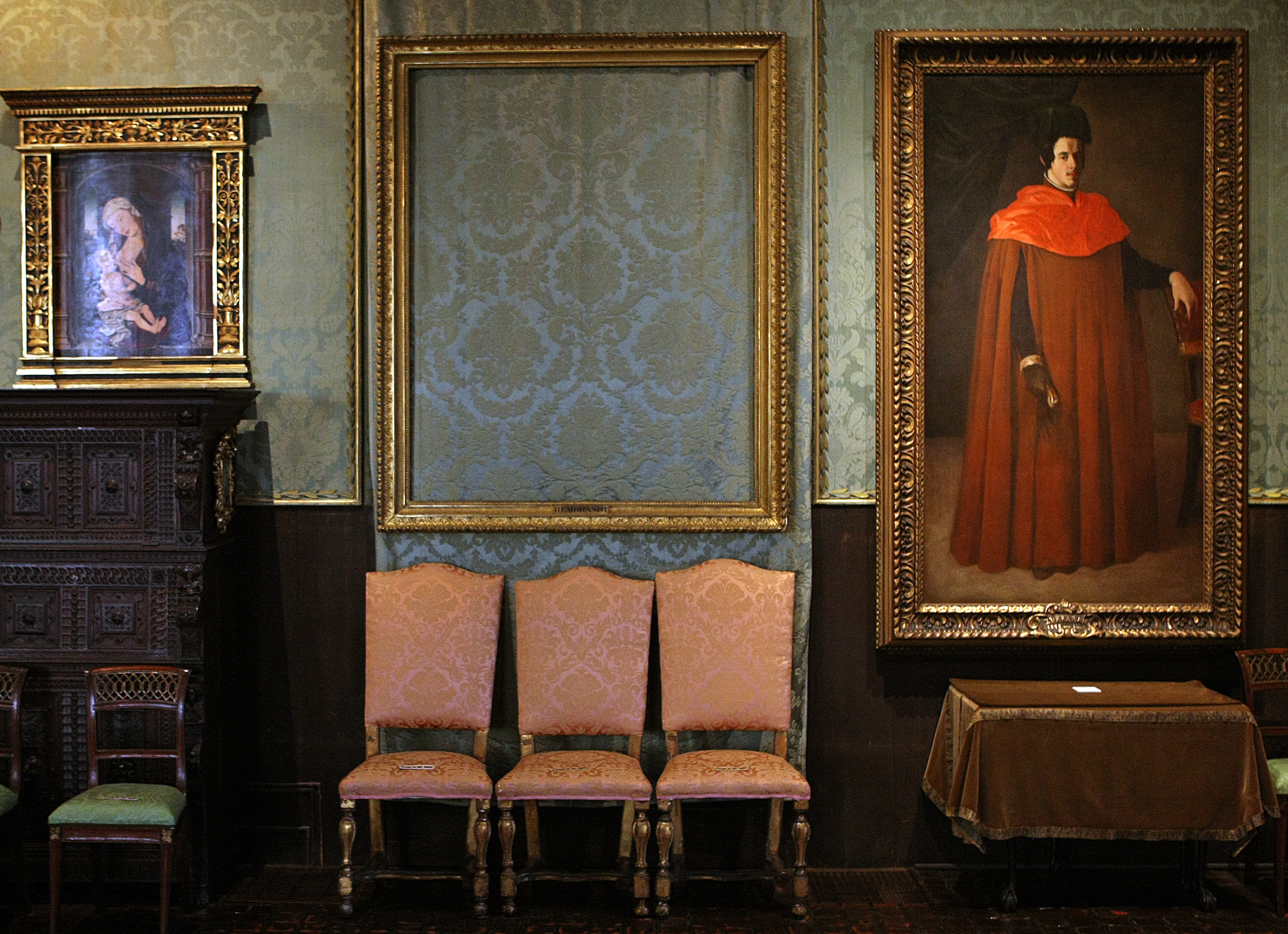
What drew you to the subject matter?
CB: We started filming in 2016, so we weren’t basing our project on anything other than what we wanted to see, hear and discover. We’re from the Boston area, my brother and I, so we had known about the heist for a long time and had always wanted to do something on it, it took a while, about six years, but we wanted to make certain what we were putting on camera was the most likely scenario in a case that has no arrests, no adjudication.
What was it about the nature of that heist that makes it so memorable?
CB: It has it all. Saint Patrick’s night, thieves dressed as cops, they break in and the works vanish without a trace. In a city that operates like a small town, it’s such an oddity that nothing came out of the investigation – no arrests, no art, not even one proof of life.
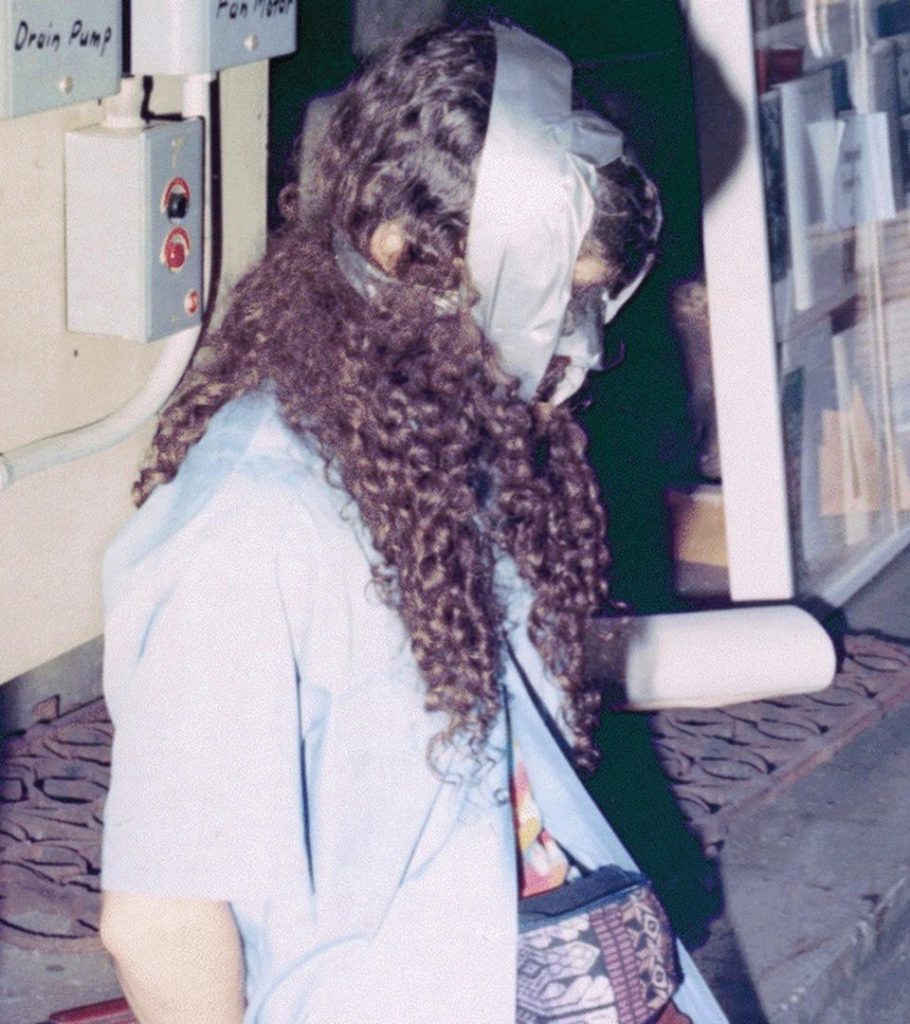
Art heists have proven to be an enduring fascination in pop culture. Why are we drawn to these types of crimes?
CB: I think there is a large dose of wish fulfilment. These masterworks costing millions, maybe you can rip it off the wall and run away, find yourself being spirited off to some French villa or a Swiss chalet to sell it off. It’s literally the confluence of culture and crime, in this case, with the Gardener, that veneer is lifted to expose that not every art heist is as romantic as the movies make them out to be.
What does it say about us as an audience?
CB: It says we like good stories that take us places – with art heists, it’s into the unknown cracks in the world. We’re intrigued by the idea that just underneath the surface, there’s some dark and sinister operation that could spin a Rembrandt into a kilo of cocaine.
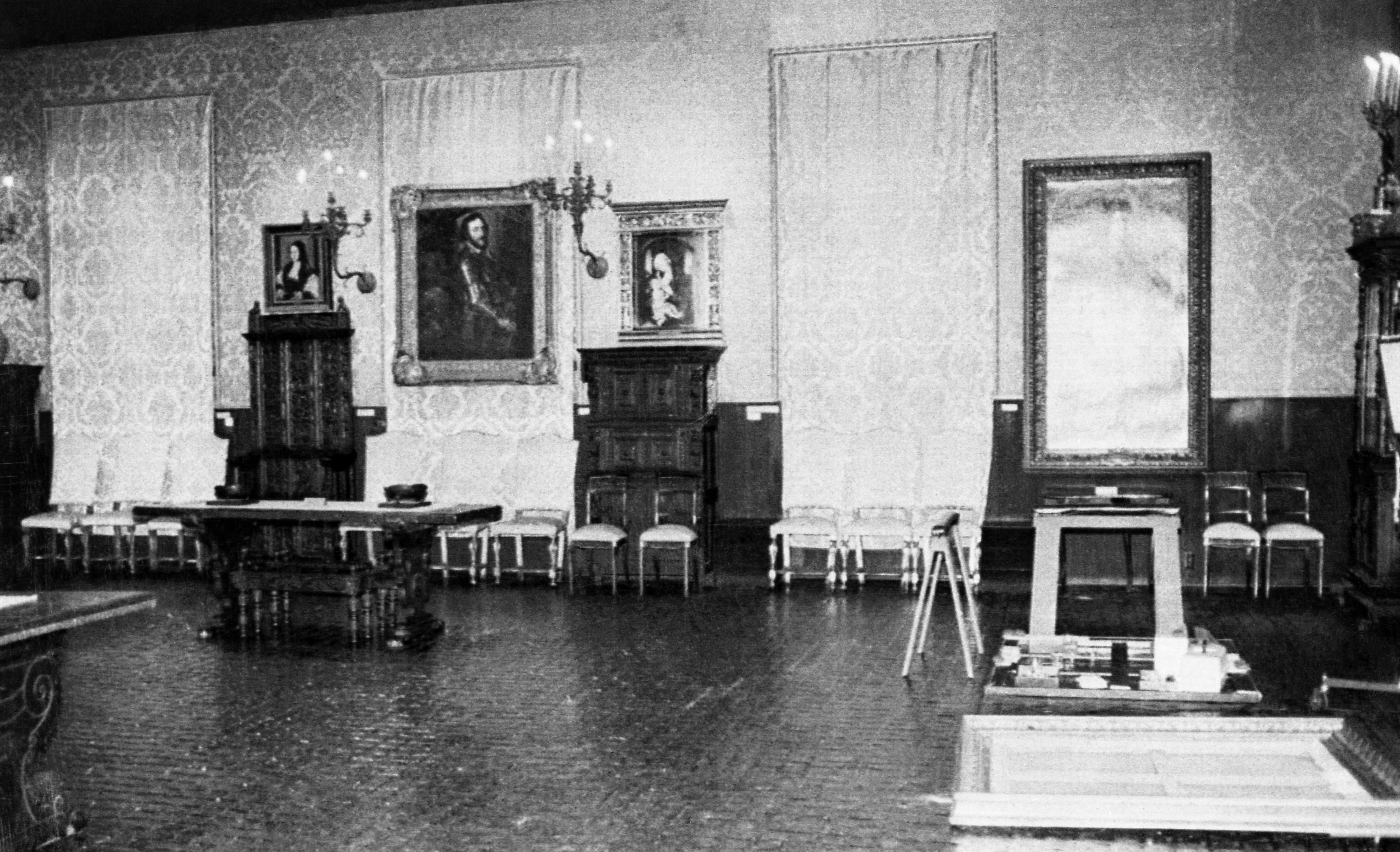
Do you think our current fixation on true crime also plays a part in feeding our appetite for heist stories?
CB: Absolutely. The appetite for docu-series like this is nearly insatiable. It’s good and bad. The stories are amazing, but it almost feels like if you don’t have a massive twist in the end, or a contemporaneous twist at least, that the audience won’t be fulfilled.
Is there a part of us that sees the art heist as a seductive crime?
CB: Definitely. It’s hard not to picture an art crime without comparably picturing where it’s stolen from and where it’s going. Swiped from these pristine, high ceiling cathedrals of culture, and the idea of wealth and power, of high priced cocktail parties and private jets, the types of people who could afford these works.
There is an argument that Hollywood glamorizes art heists. How do you feel about the crime itself having now made this Netflix documentary?
CB: The people who robbed the Gardner museum were violent. These weren’t the charming, suave criminals of the silver screen – these were guys involved in drugs, in murder. That’s part of the hope for the documentary, to show that not every art heist is smooth or slick.
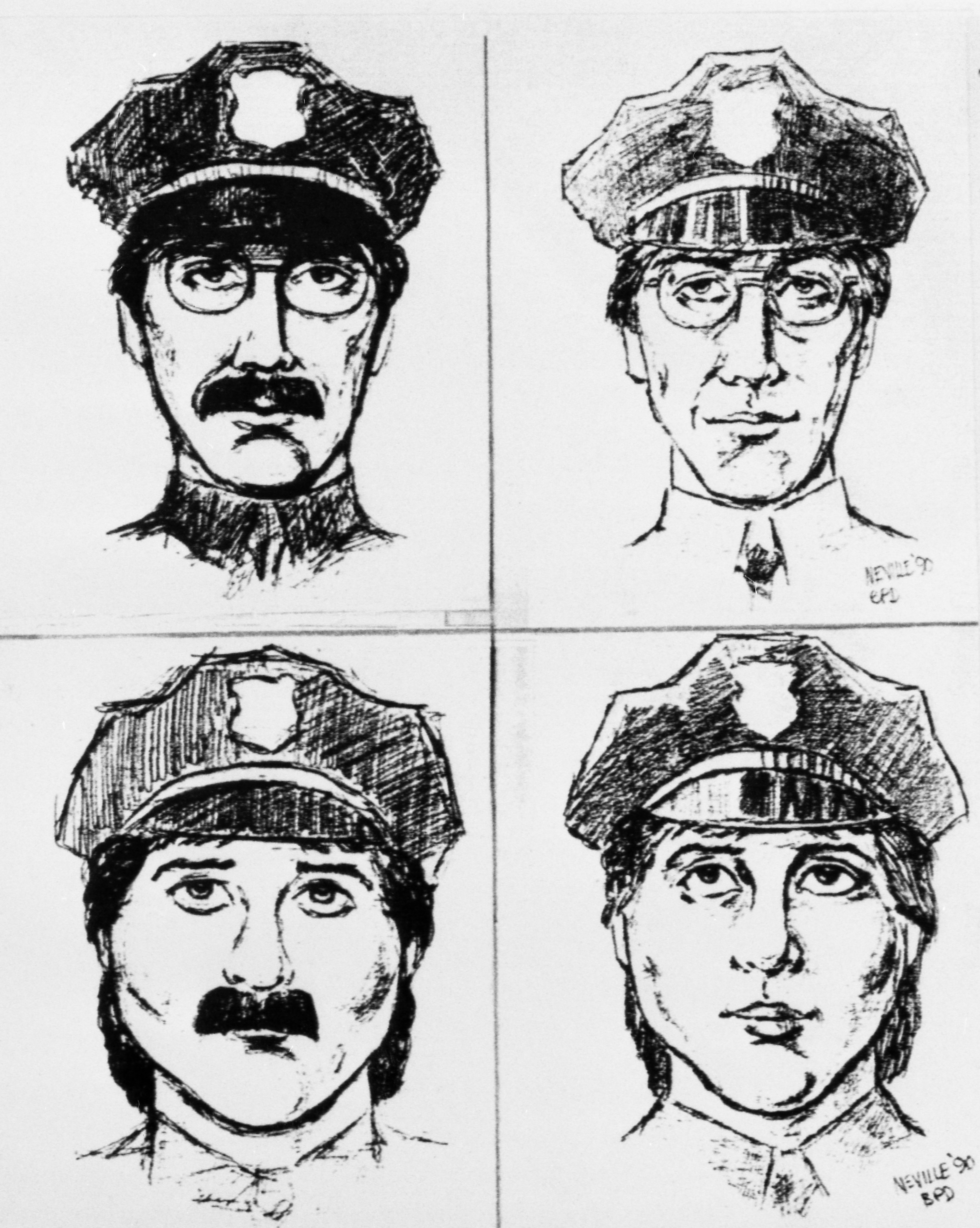
It’s been more than thirty years since the robbery. Did you find that subjects were willing to talk about the incident at the Gardner Museum?
CB: Some were, but most weren’t. It’s different from having a phone conversation with someone. We’re coming into their home, invading their space and setting up two cameras, mic’ing them up and sitting them in the middle of blaring studio lights and then asking incriminating questions from an incident three decades old.
For a lot of interview subjects, this was one of their worst days. It wasn’t something they were thrilled to talk about again and especially not to four or five strangers of a film crew.
What do you hope viewers take away from This Is A Robbery?
CB: It’s a remarkable journey into an unsolved mystery, and hopefully, in the end, it sticks in their memory, bugs them a bit, so they start researching and talking about it.
This Is A Robbery is now streaming on Netflix.